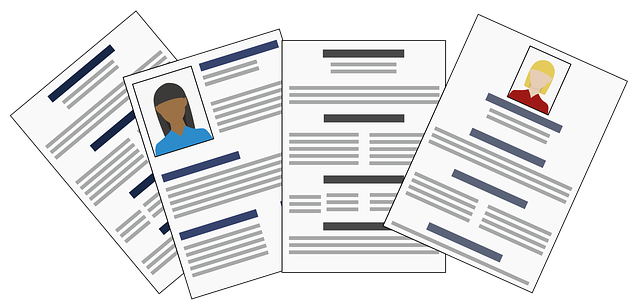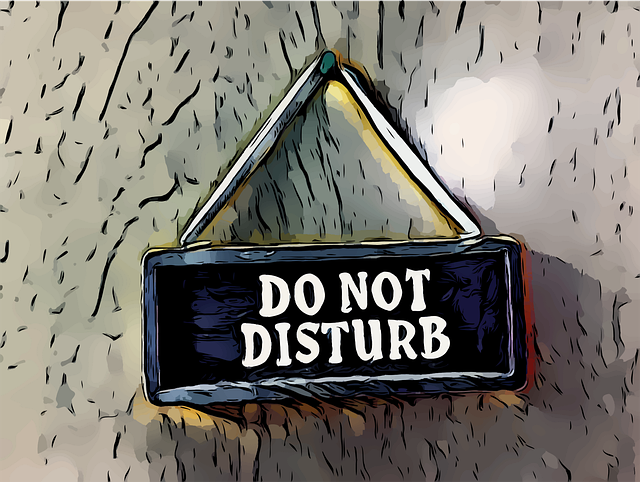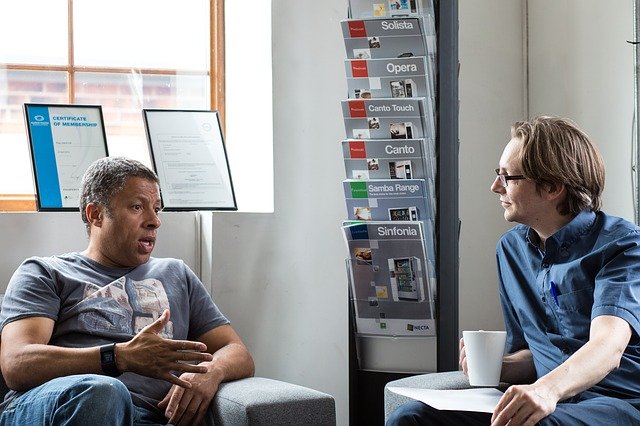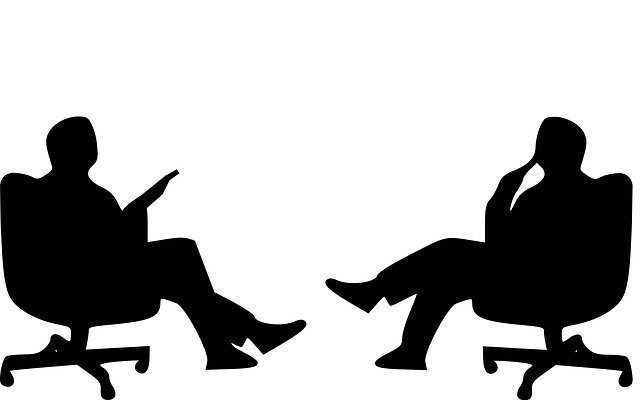Written by Humintell Affiliate Jay Abiona of Credible Security Solutions
 Have you ever conducted an interview and were unsure if the individual was being 100% honest? If so, then this article is for you!
Have you ever conducted an interview and were unsure if the individual was being 100% honest? If so, then this article is for you!
We all know that the largest cost in any business is usually payroll. In order to have loyal, hardworking and HONEST team members, you need to hire appropriately.
As a business owner, we have an obligation to our clients to ensure the highest levels of integrity and that all starts with our team and who we hire.
This article will assist you with hiring the ‘right’ candidate within your business by providing you tips on how to truly conduct a successful interview.
According to Statistic Brain, $50 billion is stolen annually from U.S. Businesses by their employees. That is almost equivalent to $137 million a day that comes right off the bottom line from all companies combined throughout the nation. This is a staggering amount, which can be blamed on our economy, a company’s culture, their screening process and I personally know it can be seen & prevented during the hiring process. Mainly in the first INTERVIEW and I want to show you how.
There have been dishonest people throughout the world for thousands of years and obviously this will continue but the question is not one’s level of integrity but why are we hiring someone who is being dishonest during the interview?
Since, I am sure no one would knowingly hire someone who was being deceptive during an interview; I could only assume it is because the interviewer is not aware of the non-verbal modes of communication that occur during EVERY conversation.
I am going to cover eight (8) CREDIBLE steps that will assist you within the hiring process, making your interviews more effective, which in turn will help you make a better decision when attempting to hire the ‘right’ person for the job.
1. CONDUCT A THOROUGH REVIEW OF THE RESUME:
 According to the Society of Human Resource managers, 53% of people lie on their resume. So, that means more than half of the people you interview will have inaccurate information on their resume/application.
According to the Society of Human Resource managers, 53% of people lie on their resume. So, that means more than half of the people you interview will have inaccurate information on their resume/application.
When reviewing a resume, you should be aware of time gaps, numerous employers, education level and experience in the position they are applying for.
If you are reviewing an application, you should pay close attention to the reasons they left their previous employer/s, criminal convictions and missing names/numbers of previous employers. This is the information you will use to base some of your questioning during an actual interview.
2. REVIEW THE REFERENCES:
Now, some businesses will not give you any information regarding an applicant and may have you contact their corporate office.
However, it doesn’t hurt to try and who knows, you may get some very insightful information that you could use in your interview.
So, please ensure you are taking notes while conducting your reference checks and use these notes as a guide with regards to their previous employers, education and additional skills they CLAIM to have on their resume or application.
3. ELIMINATE INTERRUPTIONS:
 You can do this by placing a ‘DO NOT DISTURB’ sign on the door, turning off your mobile phone, asking them to turn their phone off and/or unplugging any landline phones in the interviewing area.
You can do this by placing a ‘DO NOT DISTURB’ sign on the door, turning off your mobile phone, asking them to turn their phone off and/or unplugging any landline phones in the interviewing area.
Then remove the barrier that most interviewers have when conducting an interview. You know the barrier I’m referring to.
Come out from behind your desk and place two chairs facing one another in the middle of the room with nothing in between them. Now, you the interviewer should be sitting in a rolling chair, preferably one with a backrest and armrests. The interviewee should be sitting in a stationary chair with a backrest but without wheels and preferably without armrests.
This will help you read their body language during the interview and since their chair will not have wheels, they will not be able to roll their chair & release nervous energy.
4. DON’T ASK CLOSED ENDED QUESTIONS:
 You should be doing 20% of the talking as they should be doing 80% of the talking, which can be accomplished by asking open ended questions.
You should be doing 20% of the talking as they should be doing 80% of the talking, which can be accomplished by asking open ended questions.
For instance, “Tell me about a time you were terminated by one of your previous employers.” as opposed to “Have you ever been terminated by one of your previous employers?” The first question is open and will cause the guilty party to think more about the answer, which in turn may cause non-verbal modes of communication or body language markers of discomfort.
This can help you identify the dishonest candidate and actually motivate them to be honest about their previous performance issues as well as why they were terminated. We will talk more about that in step # 5.
The latter of the two questions is closed and could be easily answered with a simple ‘no’, whether they were or were not terminated in the past.
5. INTENSIVE LISTENING:
 An honest person will usually speak with confidence and in a timely manner to the question being asked. Using the example above, an honest person after hearing the question “Tell me about a time you were terminated by one of your previous employers.” will quickly reply; “I’ve never been terminated!” if they in fact have not been.
An honest person will usually speak with confidence and in a timely manner to the question being asked. Using the example above, an honest person after hearing the question “Tell me about a time you were terminated by one of your previous employers.” will quickly reply; “I’ve never been terminated!” if they in fact have not been.
However, the dishonest candidate may pause and take a moment to think before answering that question because of how it was asked. Since a simple yes or no doesn’t suffice, they will need to think more about the actual time they WERE terminated! That pause in answering can mean a few things such as them thinking about, which job of the many they may have been terminated from or they may be deciding whether or not to be honest with you (Internal Dialogue).
That is when your rolling chair comes into play and is used to move in just a bit closer and with a soft spoken tone of voice say something like: “Hey, we’re both human and we all make mistakes and bad decisions sometimes. What happened?, Why were you terminated?” This rationalization is how you can motivate them to be more honest with regards to answering that question. This technique can be used with other open ended questions as well.
6. BE AWARE OF THE NON-VERBAL CLUES:
 Please keep in mind when reading body language, the markers or ‘tells’ mentioned below must come in clusters and be timely with the questions asked.
Please keep in mind when reading body language, the markers or ‘tells’ mentioned below must come in clusters and be timely with the questions asked.
Just observing one or two of the body language markers mentioned below does NOT mean the candidate is being deceptive. These behaviors are usually associated with individuals who are nervous in general and that would be a normal reaction during an interview. However, we all know that a person being deceptive will most likely be nervous as well.
So, be mindful of the following body language markers or ‘tells’:
- Tone of voice
- Eye contact/movement
- Red/flush/blotchy skin
- Body alignment
- Hesitation with answers
- Breathing pace
- Open or closed body language
- Avoiding questions
- Position of legs/feet
- Look for unusual reactions
- Dramatic changes in body position
- Negative tone on specific questions
- Wringing of hands/repeated rubbing or scratching
Once again, please keep in mind when reading body language, the aforementioned markers or ‘tells’ must come in clusters and be timely with the questions asked.
Just observing one or two of the body language markers above does NOT mean the candidate in being deceptive. You are merely evaluating comfort levels to the questions being asked.
To learn more about body language markers, feel free to click on or search #ClipWithATip now.
7. LOOK FOR FACIAL MICRO-EXPRESSIONS:

The Seven Basic Emotions are 1. Anger, 2. Contempt, 3. Disgust, 4. Fear, 5. Happiness, 6. Sadness 7. Surprise.
These emotions have been scientifically proven to have a certain facial expression associated with them, which you can see below in the photos
8. ENSURE THAT THREE FORMS ARE PROVIDED:
So, you feel this is the person you would like to hire? I would strongly suggest having EVERY potential employee read and sign a background check consent form, credit check consent form as well as a drug test consent form.
Once they are provided with these documents, they have been informed that these extra preventive measures are in place, which may in turn make them reconsider employment if they KNOW you are checking all three areas. If they sign the forms, ensure all three checks are actually completed.
In conclusion, there are numerous tools you can use to ensure you are conducting a successful interview. The eight steps mentioned above are a few of the basics needed in order to become a successful interviewer and assist you within the hiring process.
If you truly want to master the art of interviewing, then you should NOT miss my presentation entitled “Interviews For Success: An insiders approach to reading body language.”, where I discuss open ended questions, facial micro-expressions and how to read body language effectively.